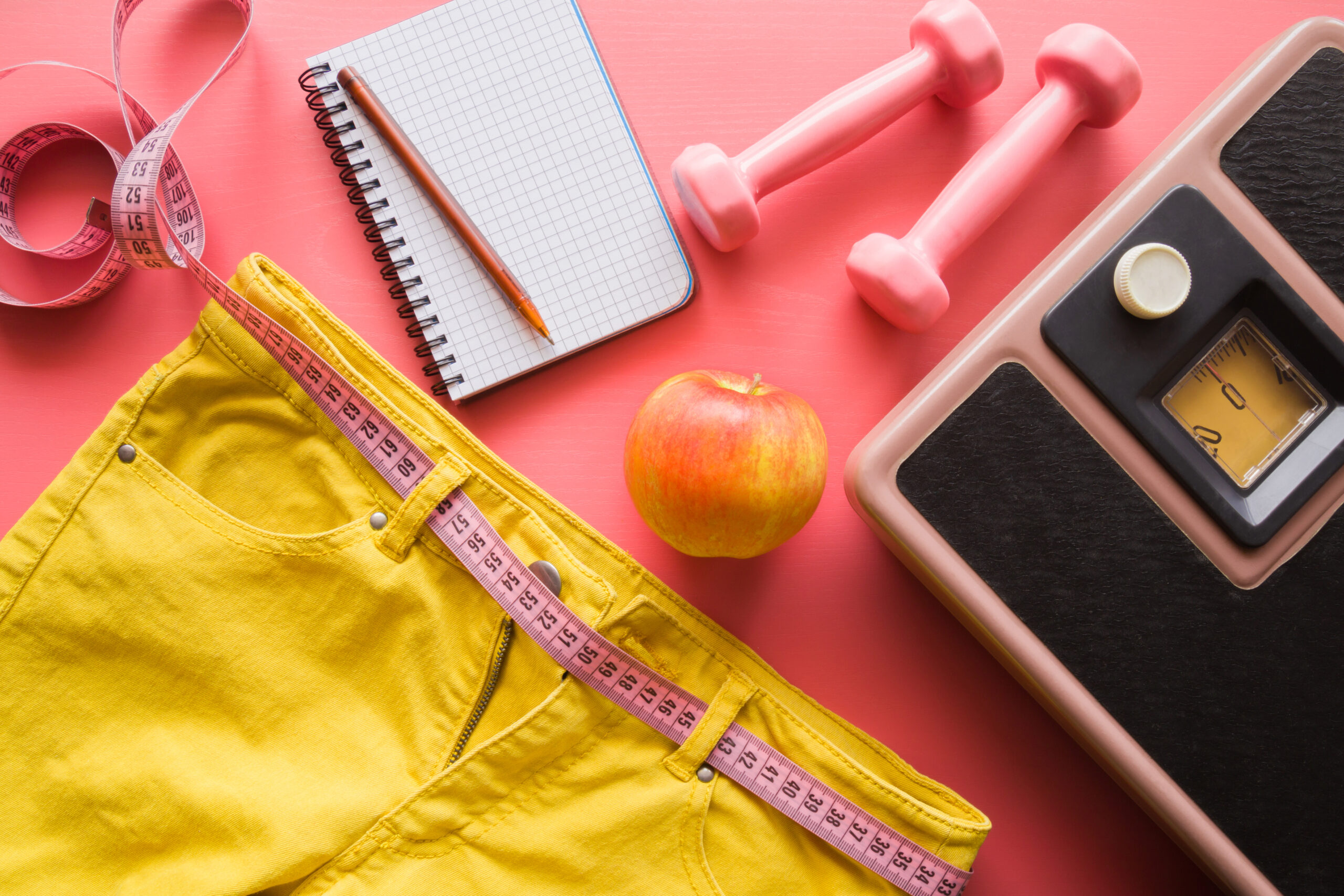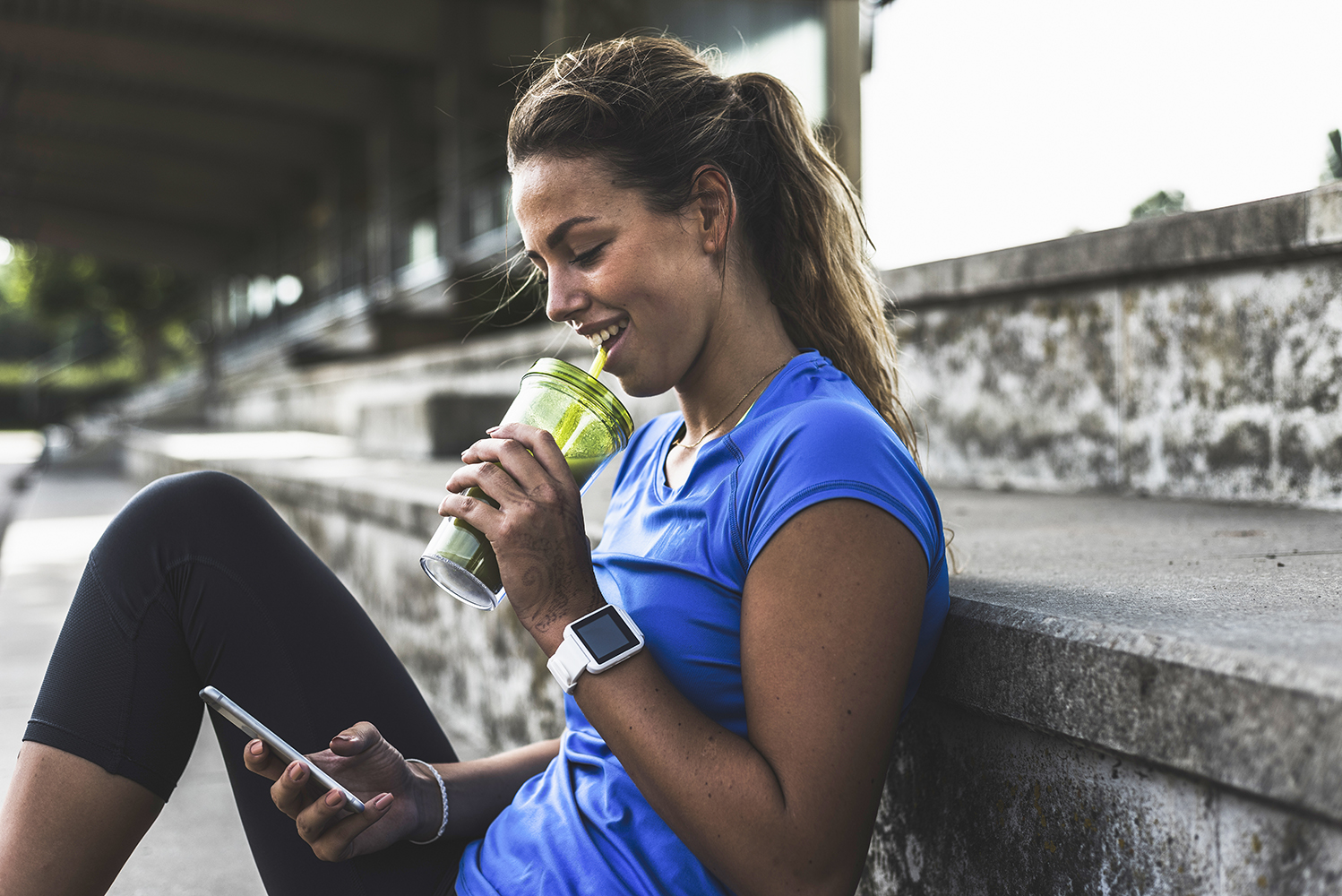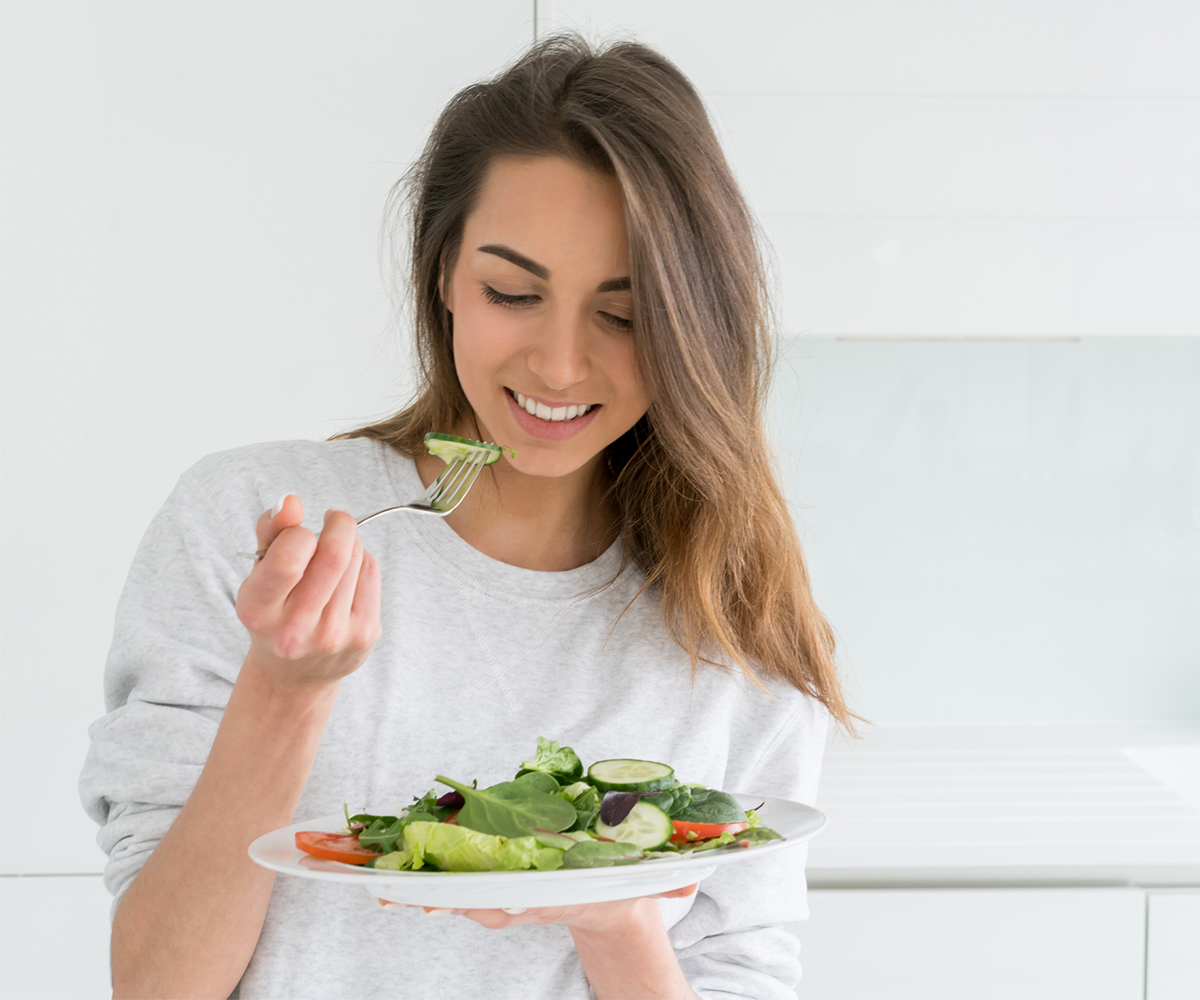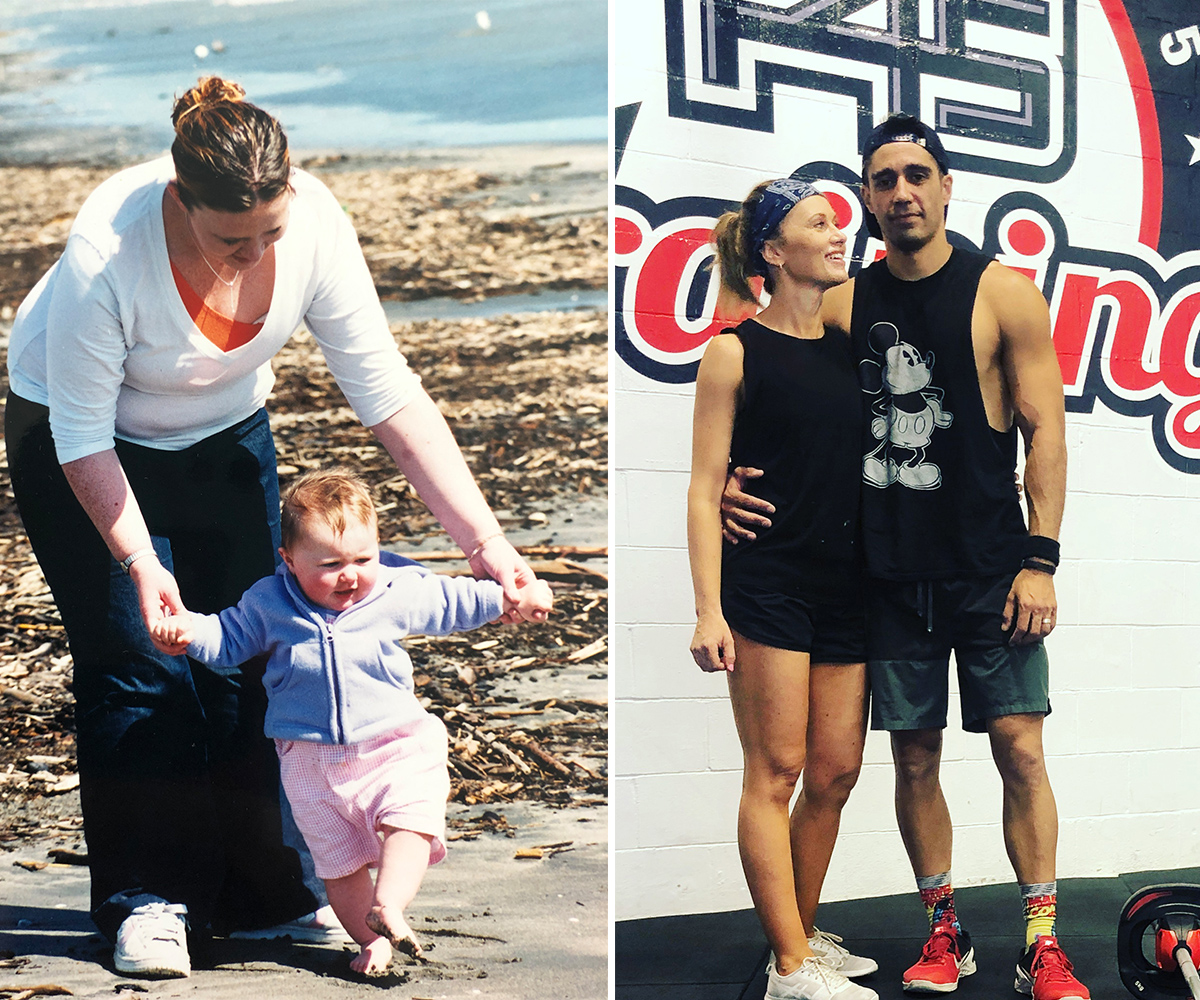As the wellness scene has picked up speed, there is new information about diets, workouts and weight loss secrets emerging every week.
People often talk about wanting to slim down, hit the gym, eat less or even cut out a food group, and many seek applause on social media for their toned physiques and unwavering commitment to nutrition and fitness.
But does healthy ever become unhealthy, and where is the line?

Dr Katherine Black from the University of Otago has been studying nutrition and exercise in females, and believes parents, coaches, athletes and the general population all need to be more aware of the risks of undereating, and eat in a way that is adequate for their energy requirements.
Recommendations to eat less and exercise more may be well-meaning and sometimes beneficial, but Dr Black explains that women following this advice can run the risk of developing low energy availability, which can be damaging for health in the
long term.
Low energy availability (LEA) is a condition where you’re not eating sufficient amounts of food to meet the requirements of the exercise that you’re doing. You no longer have enough energy to fuel your body’s basic physiological functions and as a result, hormones can change and some of your normal bodily processes can slow down, or even come to a complete halt.
“In females, the classic sign is when you lose your period or you have irregular periods,” Dr Black says.
“If it goes on for a long time you can get more severe health consequences such as loss of bone mass, which can lead to things like osteoporosis and fractures. Once you start losing your bone mass, it’s very hard to regain.
“Other consequences include effects on mood, poor sleep quality, and chronic disease. You can put yourself at increased risk of chronic diseases like cardiovascular disease. Basically, the positive effects that you would expect from exercise, you’re possibly not going to see because you’re not eating enough.”
This trio of deficient energy, low bone mass and no menstrual cycles is often referred to as the Female Athlete Triad.
Changes to reproductive function or fertility can usually be repaired by increasing food intake, but loss of bone density is more permanent.
This might sound like a condition only reserved for elite athletes or people struggling with an eating disorder, but Dr Black makes it clear that recreational exercisers are actually often the most at risk, alongside those doing sports like ballet and gymnastics, which emphasise leanness.
“We’ve done studies in New Zealand looking at gym-goers and people who are exercising for health – not professional athletes – and between 40 and 50 per cent of that population are at risk of low energy availability. It’s quite worrying, because they’re not the population who has support around them.
“If you think of elite athletes, they’ve got access to nutritionists, medical support and lots of measures taken on them, but at the lower level you’re probably not going to get that level of support.”
She also shares her concerns about the impact of social media, the rise of ‘clean eating’, health influencers, and the pressure to lose body fat and have a lean physique. LEA can indeed go hand in hand with body image issues or eating disorders, but Dr Black says it’s also common for the condition to develop completely by accident.

When an individual increases their level of physical activity, they don’t always support that change with an increase in their nutrition, or don’t eat enough on training days because they don’t feel hungry following their exercise.
Likewise, people tend to assume that low energy availability only affects those who are very slim or underweight, but studies have shown that about one in every seven women who is at risk is classified as overweight or obese.
If you’re going to start exercising more or are already active and plan on adjusting your diet, Dr Black has a few recommendations to ensure you are doing it safely. Make sure you eat a decent meal after training to nourish and help the body recover, while also tracking your menstrual cycle and weight.
You may focus less on recovery if you’re doing light training sessions, but you should aim to eat protein in every meal and have a sufficient energy intake spread over the day.
As much as we might want to drop kilos quickly, dramatically lowering our energy intake is not in the best interests of our health. Dr Black says that losing 300-500g per week is much safer. This can be achieved through changes as simple as eating one less snack per day.
If you are losing weight rapidly, or your period becomes irregular or has stopped for more than three months, consult your GP.
Being in a calorie deficit is the obvious equation for weight loss, yet a significant deficit can actually make losing weight even harder.
“One thing with having low energy availability is that because the body starts to shut down a lot of its processes, it actually reduces your resting metabolic rate,” Dr Black points out.

So what do we need to watch out for?
“If you’re finding that you’re tired all the time, seeing decreases in your mood, getting a lot of injuries, or if you’re getting sick and it’s hard to recover or it lingers for a long period of time, then that’s probably a sign that something is not quite right and needs checking out,” she says.
Being overly preoccupied with food, weight, exercise, or being reluctant to take rest days are also red flags. If any of this rings true for you, see a doctor to check there aren’t underlying health issues first, before seeking nutrition advice or counselling to help with body image.
It can be difficult to eat or exercise without giving a thought to calories and weight, but it’s important to focus on caring for our bodies with kindness, rather than an attitude of control or deprivation.
“We’re really trying to get people to be more aware that it’s not always about losing weight,” Dr Black says.
“It’s about doing things healthily and safely.”
Dr Black’s recovery snacks:

1 large bowl (2 cups) breakfast cereal with low-fat milks
1 cup baked beans on 2 slices of grainy toast or on a baked potato
1 bread roll with cheese or peanut butter + a large banana
2 cups fruit salad with 200g fruit-flavoured yoghurt
Bagel with thick spread peanut butter + 1-2 cups low-fat milk
300g (large) baked potato with low-fat cottage cheese filling + 1-2 cups low fat milk
500-750ml fruit smoothie or liquid meal supplement
Thick bread sandwich with meat and salad filling
2 cups stir fry with rice and meat, or spaghetti bolognese
 Getty Images
Getty Images


-scaled.jpg)
